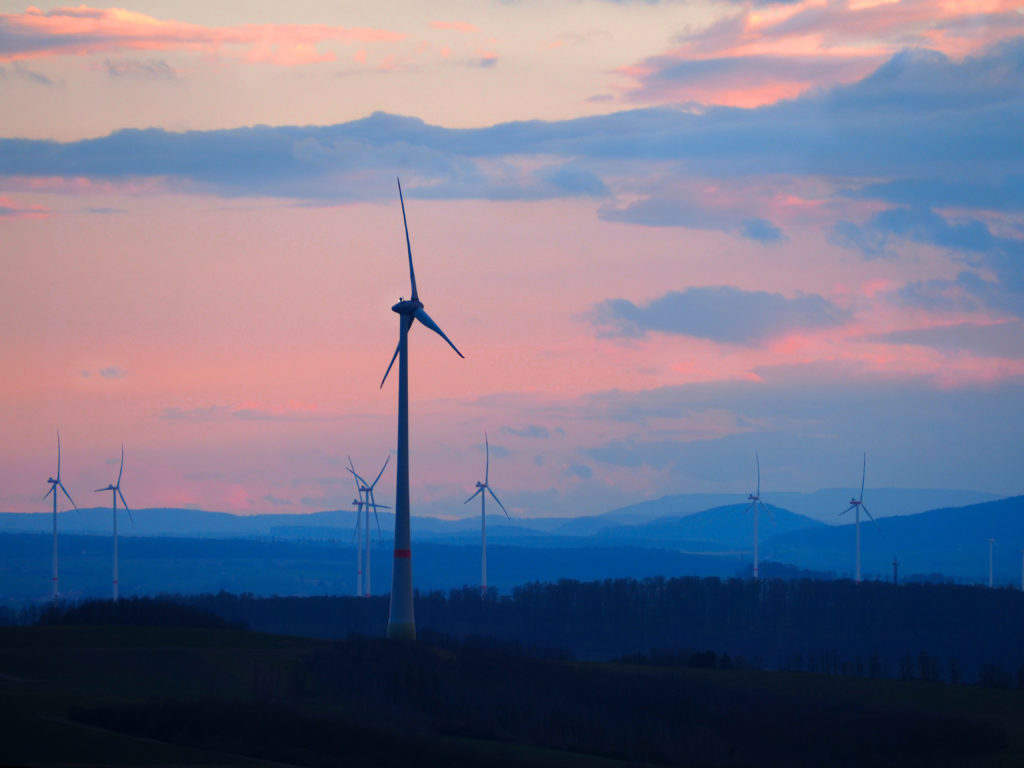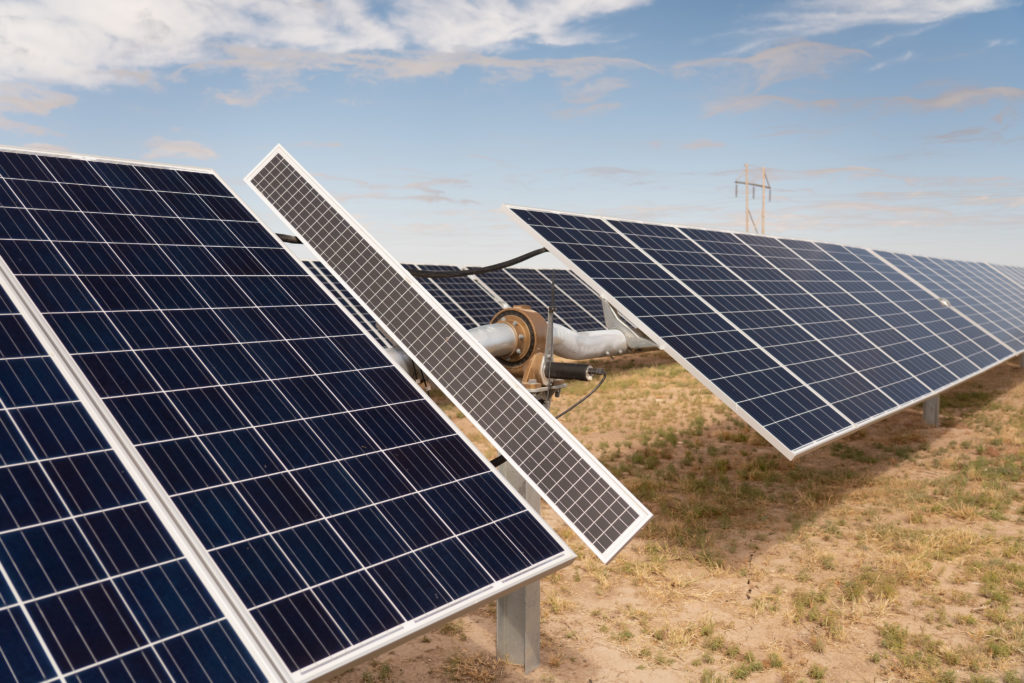The most outstanding successes of decarbonisation policy in China, India, Brazil and Europe have come from targeted investment policies, including subsidies, cheap finance, and public procurement. If we stop thinking of these policies and public intervention as ‘second best’, we can replicate their successes and make faster progress towards climate targets, both nationally and globally.
The unexpected success of investment and public backing
In the UK, we like to boast about the success of offshore wind power, whose cost has fallen by around 70% within a decade. Government subsidy was the most important ingredient in this success, creating a market within which learning, innovation, competition, and economies of scale could drive costs down. The fruit of that effort is offshore wind power that is now cheaper than the market rate, meaning that fixed price contracts now involve the industry subsidising the public, rather than the other way around.

The centrality of targeted investment in this story of success is not unique. Brazil used subsidy and cheap public finance to grow the share of wind in its power generation mix more quickly than any of the other large emerging economies, while creating an industry supporting 150,000 jobs. The growth of solar power has been supported primarily by subsidy, most notably first in Germany, and later in China. Whereas in the mid 1990s, solar power cost over ten times as much as fossil-fuelled electricity, now it is hailed by the International Energy Agency as ‘the cheapest electricity in history’. India, meanwhile, used massive public procurement to drive a transition to efficient LED lighting, bringing down its costs by over 90% in less than a decade, while increasing its deployment by a factor of several hundred, and bringing electric lighting to hundreds of millions of households for the first time.
Making decisions differently
Somewhat shockingly, a new report launched by the Economics of Energy Innovation and System Transition project at the COP26 climate conference in Glasgow, 2021 finds that, in general, these outstandingly successful policies were implemented despite, and not because of, predominant economic analysis and advice. That is because they ran contrary to several widely accepted principles, or rules of thumb: that governments should prefer carbon pricing as the most efficient way to incentivise decarbonisation; that decarbonisation policies should, wherever possible, be ‘technology neutral’; and that we should take the cheapest opportunities to reduce emissions first. These policies broke all of those rules – so how come they did so well?
As the report, by a group of academics from China, India, Brazil, and Europe, sets out, a shift in economic thinking can explain a lot. Instead of assuming that almost everything will stay the same, we can remember that our objective is transformational change. Then the question for analysis becomes: which policies will most effectively drive self-accelerating change in the economy?

Targeted investment can work well because it channels resources to the new technologies, directly strengthening the reinforcing feedbacks of innovation and diffusion. Taxing the old system does not have the same effect – at least not until the new technologies are well established, at which point taxes may be able to help activate a tipping point. To give a historical analogy, the transition from horses to cars was not brought about by a tax on horse-excrement (even though horse-excrement was a real problem); it was done by investing in motors, engineering, and factories, by building roads, and by writing the Highway Code.
The first steps towards transformational change will almost never be cheaper than small tweaks to the existing system. The first cars were much more expensive than horses, as well as slower, less reliable, and more dangerous. The first solar panels were vastly more expensive than replacing a coal power station with gas. If our objective in low carbon transitions is the wholesale replacement of one system with another, then policies that look good value in the short-term – like burning fossils a bit more efficiently – will be poor value in the long-term. Investing in the new system, while it looks alarmingly expensive at first, turns out to be the better bet.
This article was first published at https://www.rapidtransition.org/commentaries/the-most-efficient-way-to-decarbonise-may-not-be-what-many-think/.